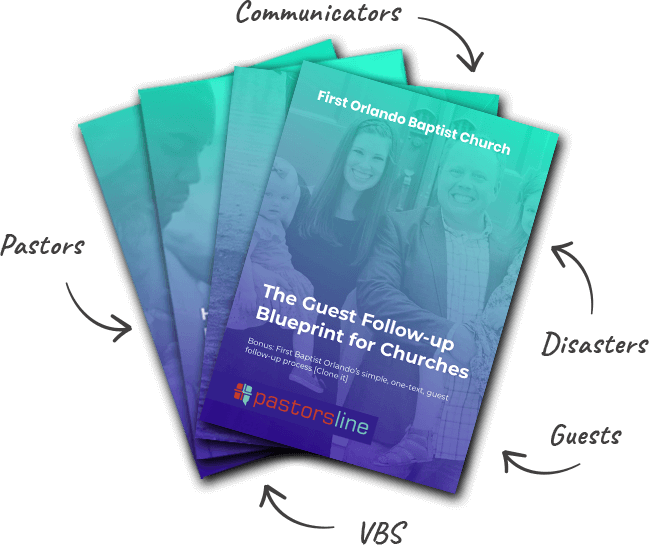
Scott and Julie Lorino have been leaders in children’s ministry since 2001. They have served as Adventurers club leaders, both at their home congregation of Houston Central Seventh-day Adventist Church and district-wide in the Texas Conference, as well. Read on to hear how the Lorinos are building an effective communication strategy for a Children’s Ministry.
The Adventurers Club started as classes within the Adventist School system curricula in 1939 for children aged 4 to 9, but has evolved over the years to be a separate entity within local Adventist churches. For those of you who are not familiar with the concept, it may feel similar to organizations like the Boy Scouts or Girl Scouts, with a strong spiritual component.
To most club leaders, like Scott and Julie, being part of such clubs means involvement in managing activities for children, helping them to learn important skills and to achieve. The program aims at strengthening the parent/child relationship and further the child’s development in spiritual, physical, mental and social areas. However, given the general ages of the kids, an effective club is dependent on effective communication between club leaders and parents, as well.

Scott, Julie and their son, Gavin
As leaders, they have learned through experience the importance of developing an effective communication strategy when working with children. Over the past 15 years, communications technology has undergone radical changes, but for Scott and Julie the importance of having a communication strategy has not changed.
Communication Challenges
To understand these communication challenges and what has worked for Scott and Julie, it is important to quickly look at their leadership history and how their communication strategy was forced to be adapted over time.
In 2001, Scott and Julie’s son, Ryan, was in First Grade, but the Houston Central Church did not have a youth Adventurers Club to get involved with, so Julie and Scott decided to initiate one. The club started small, with only a few families involved, but by 2005 it had tripled in size.
At that time, Scott and Julie got involved in higher levels of the youth Adventurers organization in Texas and left the management of the club at Houston Central Church to others.
In 2014, almost 10 years later, they returned to take over leadership of the local club again.

The Club dressed in their field uniforms
Julie and Scott faced a number of communication challenges that are really endemic to children’s ministry. The first is that there are truly multiple audiences that require communication. The first audience is the children and the second is the parents. You have to let the children know what is going on, but they are not always effective at passing this information along to their parents. Julie soon found that she needed a strategy to communicate effectively with parents, to let them know about important information and last minute changes.
The second challenge is that families are incredibly busy. This was true in 2001 when they started, but it has only been amplified as time passed. It is difficult to get people to respond to requests and acknowledge that they have received important information. Effective communication tools are important to engaging both audiences in children’s ministry.
In the early days, Julie’s strategy was based largely on phone calls, voicemail’s, emails and verbal announcements at meetings. Some people had cell phones, but not everyone had access to the Internet in their home. This meant spending significant time on the phone, leaving the same message over and over again. As the club grew in size, this became more difficult to manage. It was difficult to get the message out to everyone involved.
When Scott and Julie returned to club leadership in 2014, they made communication a priority. They believe that informing everyone about the club’s activities is just good manners. With new communication channels available, Scott and Julie wanted to take advantage of every opportunity to communicate with parents and youth.
Upon their return to the local club, they started to use email to communicate with parents. However, even if people were checking their emails regularly, they often did not read their emails and would not find out important Adventurers information until it was too late. Social media was great for sharing pictures, but it did not work well for getting information out quickly and ensuring that everyone gets the message.
Small Group Text Solution
That is when Scott and Julie started to look at text messaging as an option and they signed up for the PastorsLine (formerly crossMRKT) text messaging service. They could send out a text quickly and people had no choice but to view the text. The vast majority (99%) of parents were receiving and reading the text messages.
Now, text messaging is the preferred communication channel for Julie and Scott. Some texts promote upcoming events. Other texts let people know about changes in the schedule, while yet others ask people to respond if they are planning to attend. The PastorsLine (formerly crossMRKT) system is so much easier than making phone calls and more effective than emails. It takes a lot less time and everyone gets the message.


Moving forward, Julie and Scott hope that PastorsLine (formerly crossMRKT) can help them build engaging text messages, to improve the response rate. By using more advanced features, like surveys and voting, they should be able to get more and better feedback from their audience.
Jule and Scott’s Recommendations
 Julie’s advice to those starting out building a communications system is to get solid information from the start. When people fill out forms, make sure you can read the information. She expects people to give her an email address that is checked regularly. She sends a welcome email out and asks for a response within 24 hours, to make sure that the person is checking this email. Solid cell phone numbers are a must for successful text messaging.
Julie’s advice to those starting out building a communications system is to get solid information from the start. When people fill out forms, make sure you can read the information. She expects people to give her an email address that is checked regularly. She sends a welcome email out and asks for a response within 24 hours, to make sure that the person is checking this email. Solid cell phone numbers are a must for successful text messaging.
The Texas Youth Adventurers at Houston Central Church are well on their way to building a strong communication system that not only gets the information out but builds real community.



